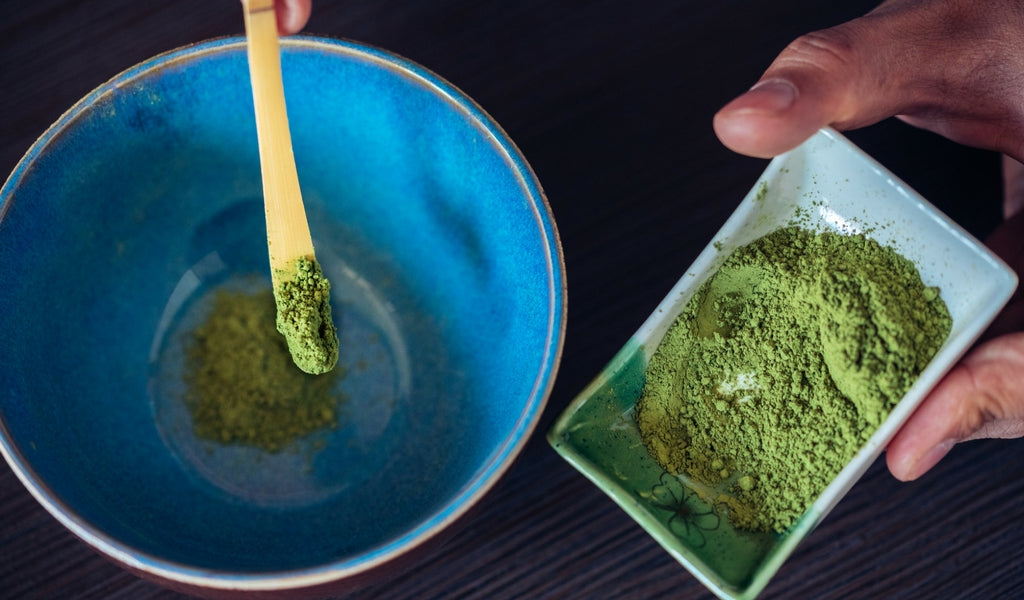5 Pro Tips For Finding High Quality Matcha

If you are already drinking Matcha for its wide array of health benefits you're already a pro, but taking your Matcha skills to the next level means being to determine the good stuff from the low quality swill. While there are different grades of Matcha from Culinary for cooking to premium designated primarily for hot tea, here are the 5 things to look for when choosing your Matcha.
Origin
If the Matcha you are getting doesn't say anything about where it is grown it's most likely because they don't want you to know. China may be one of the biggest produces of Matcha however the highest quality comes from Japan, where the production and harvesting of Matcha is viewed as more of an art than process. Most notable of the tea regions is Nishio the city of UJI, a small region located by the banks of the Uji-gawa River.
Color
The shade growth of green tea leaves before harvest - a process that is unique to Matcha - results in a vibrant green color that is an easy indicator of quality. High quality matcha has a bright green color while a yellowish, dull profile is a dead giveaway for low end Matcha.
Smell
Good Matcha should have a potent vegetal smell that is noticeably fresh to the sense. If instead it has a chalky, dull profile you can tell right away it is not good quality.
Texture
High quality Matcha is smooth to the touch and will have a silky complexion. Steer clear of rough, course Matcha that clumps as this is a red flag for bad quality.
Taste
Most important when it comes to determine high quality Matcha is the taste. Premium grade Matcha should have an astringent, vegetal flavor complimented by a lingering sweetness like that found in our Just Matcha. Culinary grade, meant primarily to be used in cooking will have a more bitter flavor profile.
